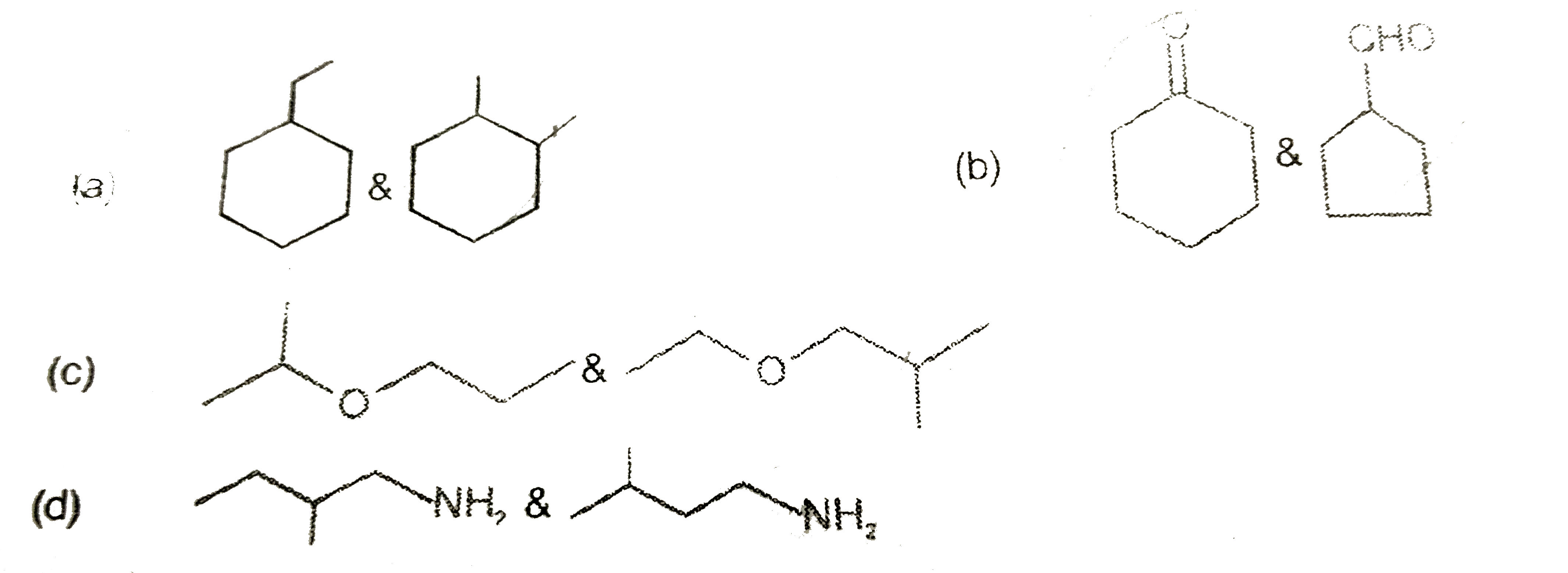Give the mathematical relationship between the extent of adsorption and pressure at constant temperature and explain the symbols used.
To derive the mathematical relationship between the extent of adsorption and pressure at constant temperature, we refer to the Freundlich adsorption isotherm, which can be expressed as follows:
1. Understanding the Freundlich Isotherm:
The Freundlich isotherm describes how the quantity of gas adsorbed on a solid adsorbent varies with pressure at a constant temperature. The mathematical expression is given by:
xm=kp1n
where:
- xm is the amount of gas adsorbed per unit mass of adsorbent.
- x is the mass of the gas adsorbed.
- m is the mass of the adsorbent.
- p is the pressure of the gas.
- k and n are constants that depend on the nature of the adsorbent and the gas at a specific temperature.
2. Explanation of Symbols:
- x: Mass of the gas that is adsorbed onto the adsorbent.
- m: Mass of the adsorbent material.
- p: Pressure of the gas in the system.
- k: A constant that indicates the extent of adsorption; it varies with the type of adsorbent and gas.
- n: A constant that indicates how the adsorption capacity changes with pressure; it is typically greater than 1.
3. Interpreting the Equation:
The equation shows that the amount of gas adsorbed per unit mass of adsorbent (xm) increases with an increase in pressure (p). The relationship is non-linear due to the exponent 1n, which indicates that as pressure increases, the rate of increase in adsorption also changes.
4. Graphical Representation:
The relationship can be graphically represented by plotting xm (amount of gas adsorbed per gram of adsorbent) on the y-axis against p (pressure) on the x-axis. The resulting curve typically shows a concave shape, indicating that the adsorption increases with pressure but at a decreasing rate.
The Freundlich isotherm describes how the quantity of gas adsorbed on a solid adsorbent varies with pressure at a constant temperature. The mathematical expression is given by:
xm=kp1n
where:
- xm is the amount of gas adsorbed per unit mass of adsorbent.
- x is the mass of the gas adsorbed.
- m is the mass of the adsorbent.
- p is the pressure of the gas.
- k and n are constants that depend on the nature of the adsorbent and the gas at a specific temperature.
- x: Mass of the gas that is adsorbed onto the adsorbent.
- m: Mass of the adsorbent material.
- p: Pressure of the gas in the system.
- k: A constant that indicates the extent of adsorption; it varies with the type of adsorbent and gas.
- n: A constant that indicates how the adsorption capacity changes with pressure; it is typically greater than 1.
The equation shows that the amount of gas adsorbed per unit mass of adsorbent (xm) increases with an increase in pressure (p). The relationship is non-linear due to the exponent 1n, which indicates that as pressure increases, the rate of increase in adsorption also changes.
The relationship can be graphically represented by plotting xm (amount of gas adsorbed per gram of adsorbent) on the y-axis against p (pressure) on the x-axis. The resulting curve typically shows a concave shape, indicating that the adsorption increases with pressure but at a decreasing rate.
Topper's Solved these Questions
- SURFACE CHEMISTRY BOOK - ICSECHAPTER - SURFACE CHEMISTRY EXERCISE - EXERCISE (PART-II ( DESCRIPTIVE QUESTIONS )) ( LONG ANSWER QUESTIONS)
41 Videos
- SURFACE CHEMISTRY BOOK - ICSECHAPTER - SURFACE CHEMISTRY EXERCISE - ISC EXAMINATION QUESTIONS
4 Videos
- SURFACE CHEMISTRY BOOK - ICSECHAPTER - SURFACE CHEMISTRY EXERCISE - EXERCISE (PART-II ( DESCRIPTIVE QUESTIONS )) (VERY SHORT ANSWER QUESTIONS)
31 Videos
- SPECIMEN QUESTION PAPERBOOK - ICSECHAPTER - SPECIMEN QUESTION PAPEREXERCISE - QUESTION
140 Videos
- THE SOLID STATEBOOK - ICSECHAPTER - THE SOLID STATEEXERCISE - MULTIPLE CHOICE QUESTIONS (Assertion-Reason based questions)
10 Videos
Similar Questions
Graph between speed v of sound in air and pressure P at a constant temperature is given by
View SolutionGive the relationship between pressure and density of gas.
View SolutionIf a gas, at constant temperature and pressure expands, then its
View SolutionGive the relationship between the fundamental note and overtone in an open pipe.
View SolutionIdentify the relationship between the give compounds.

View SolutionIdentify the relationship between the give compounds.
View SolutionIdentify the relationship between the give compounds.
View SolutionIdentify the relationship between the give compounds.

View SolutionThe relationship between the coefficient of viscosity of a liquid and temperature can be expressed as
View SolutionThe slope of the plot between pV and p at constant temperature is
View Solution
